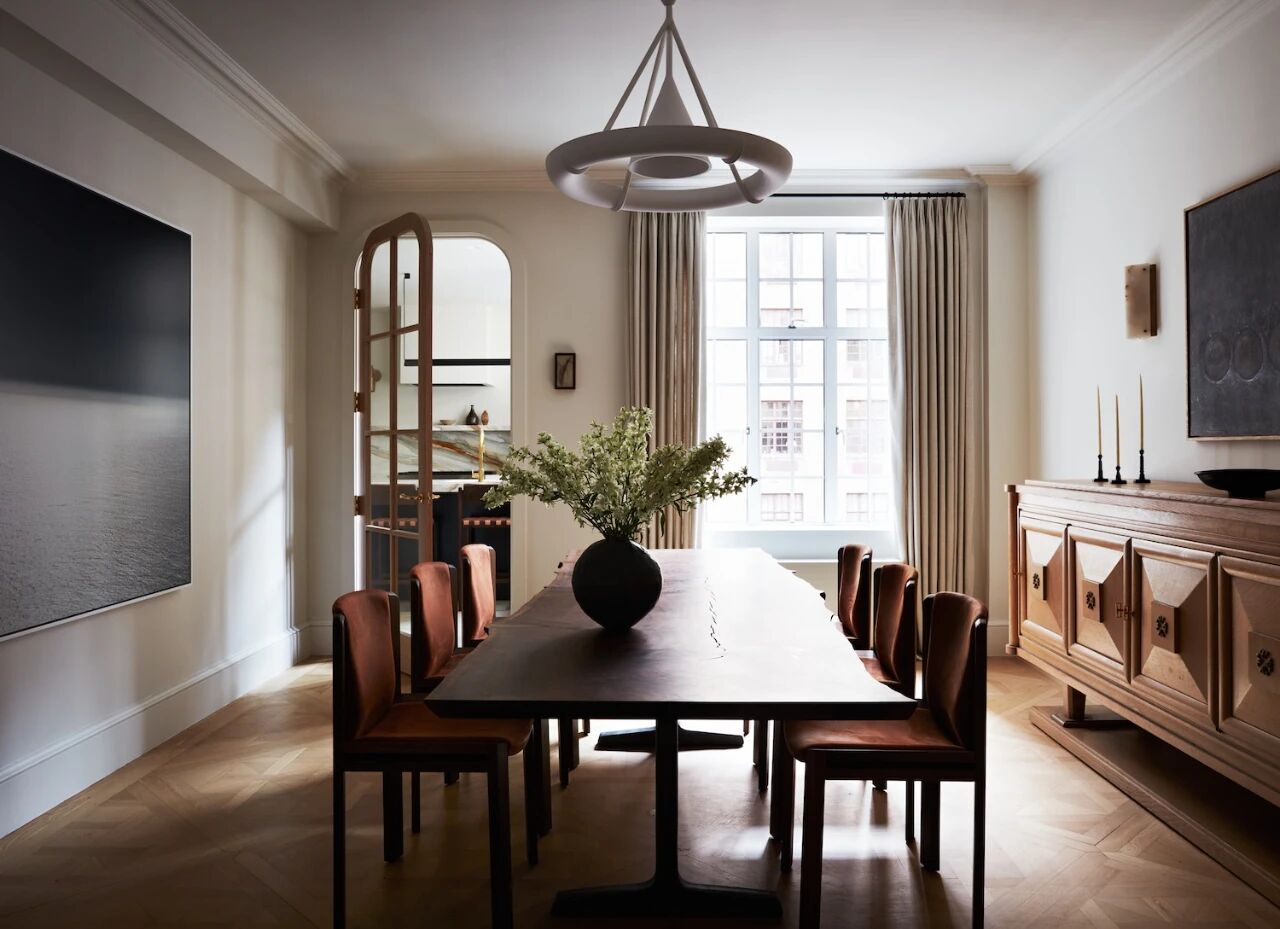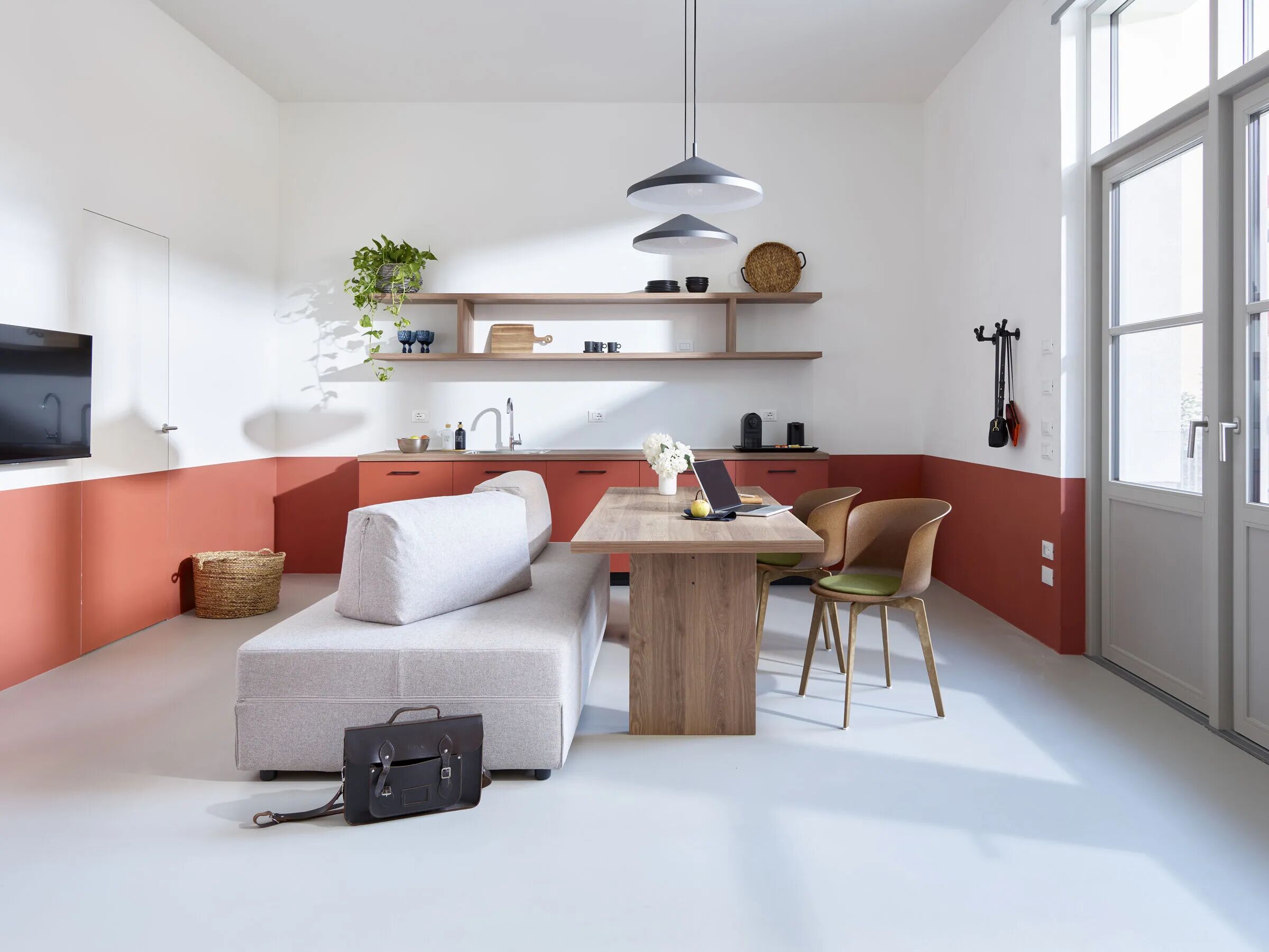OMM by Kengo Kuma and Associates opens in Turkey Kengo Kuma和Associates的OMM在土耳其开幕
2019-09-11 18:03
Kengo Kuma’s stacked timber structure for the OMM museum in Turkey opens to the public this September. Photography: NAARO
Since Frank Gehry’s Guggenheim docked on the Spanish shores of Bilbao 22 years ago, cities across the world have tried to emulate its success, attempting to cash in on the ‘Bilbao effect’. For some, this endeavour didn’t yield the desired results: Santiago Calatrava’s City of Arts and Sciences and Opera House almost bankrupted Valencia, while it could be argued that the Centre Pompidou-Metz, France designed by Shigeru Ban and Will Alsop’s The Public in West Bromwich, England have fallen well short of regeneration hopes and dreams.
自从弗兰克·盖里(Frank Gehry)的“古根海姆”(Guggenheim)22年前停靠在毕尔巴鄂的西班牙海岸后,世界各地的城市都试图效仿它的成功,试图利用“毕尔巴鄂效应”来获利。对一些人来说,这种努力并没有产生预期的结果:圣地亚哥·卡拉特拉娃(Santiago Calatrava)的艺术与科学之城(City Of Arts And Sciences)和歌剧院几乎让巴伦西亚破产,而人们可能会说,由Shigeru ban设计的法国庞皮杜-梅茨中心(Centre Pompidou Metz)和威尔·阿尔索(Will Alsop)在英格兰西布朗维奇的“公众”(The
Still, however, those dreams live on. The Scottish city of Dundee commissioned Kengo Kuma Associates (KKAA) for the V-A Dundee and, despite being snubbed for this year’s Stirling Prize, the museum has enjoyed early success, attracting 500,000 since opening a year ago almost to the day. Indeed it was this project and KKAA’s Nezu Museum in Tokyo which persuaded Turkish businessman Erol Tabanca to approach the Japanese practice for a museum of his own, the Odunpazarı Modern Museum (OMM), in his hometown of Eskişehir, a city located between Istanbul and Ankara.
然而,这些梦想依然存在。苏格兰城市邓迪委托Kengo Kuma Associates(KKAA)为V
Of the criticisms thrown at those chasing the Bilbao effect is that buildings are alien to their context, keeping the rest of the ‘to-be regenerated’ city at arm’s length. KKAA has avoided this, eschewing a site in a park outside the city in favour of one in the centre nestled in to a quarter of 18th and 19th century Ottoman-style buildings.
对那些追逐毕尔巴鄂效应的人提出的批评是,建筑与他们的背景格格不入,使这座即将再生的城市的其余部分保持在 ARM 的长度。 KKAA 避开了这一点,避开了城外公园的一处场地,而是位于市中心的一处,坐落在 18 世纪和 19 世纪奥斯曼帝国风格建筑的四分之一。
The press pictures here show OMM’s 4,500 sq m worth of massing as a series of large boxes, each bound by interlocking timber beams. You could say it mimics giant jenga set. (Eskişehir, home to three universities, is a student city after all). However, approach from the South, navigating the narrow Depboy Street and the museum sneaks up on you, coming into view at the last minute. The result is a delightful birth into a bright, open, public space that cascades down towards the main road, Ataturk Boulevard.
在这里的新闻图片显示,OMM的价值4500平方米的聚集成一系列的大箱子,每一个被联锁木梁。你可以说它模仿巨人Jenga套装。(Eskişehir,三所大学的所在地,毕竟是一个学生城市)。然而,从南方走过来,在狭窄的德普布伊街上航行,博物馆悄悄地出现在你身上,在最后一分钟就出现了。其结果是一个愉快的诞生,进入一个明亮,开放,公共空间,级联到主要道路,阿塔图尔克大道。
A light-well that serves as the building’s structural core. Photography: Batuhan Keskiner
一口用作建筑物结构核心的轻型井。摄影:Batuhan Keskine
But why so much wood? Odunpazarı translated into English means ‘wood market’ and that’s what the area was until the early 20th century. KKAA took this cue and ran with it, employing Yellow Pine imported from Siberia to form 11 ‘boxes’ which host nine exhibition spaces.
但为什么这么多木头? Odunpazar ı译成英文的意思是“木材市场”,直到 20 世纪初,这个地区才是如此。 KKAA 利用这一线索,利用从西伯利亚进口的黄松形成了 11 个“盒子”,共有 9 个展览空间。
‘We were also inspired by the [surrounding] wooden cantilevered houses from the Ottoman era,’ Yuki Ikeguchi, the partner leading the project KKAA, says. ‘We wanted to balance scales by breaking down [spaces] into smaller aggregations and putting them together and stacking the volumes creates a series of terraces.’
领导 KKAA 项目的合作伙伴 Yuki Ikeguchi 说,我们还受到了奥斯曼时代( 周边)木质悬臂房屋的启发。 “我们希望通过将( 空间)分解成较小的集合来平衡尺度,并将它们组合在一起,并将体积堆叠起来,从而创造出一系列的梯田。 .
More timber can be found inside too: steps will be used as bleachers, a move, which Ikeguchi ‘brings the plaza inside’, allowing for what is essentially the museum’s lobby to host public events.
里面也可以找到更多的木材:台阶将被用作看台,这是池口“把广场搬进来”的一个举动,允许博物馆的大厅举办公共活动。
At the centre of the museum is a light-well, which serves as the building’s structural core. Spanning the museum’s three floors, the space hosts films (with a projection screen) and is ensconced by more Yellow Pine which gently rotate around it. From these rotations the museum’s exhibition spaces are splayed.
博物馆的中心是一口光井,作为建筑物的结构核心.在博物馆的三层楼,太空中有电影(带有投影屏幕),被更多的黄松所取代,黄松轻轻地围绕着它旋转。从这些旋转中看,博物馆的展览空间都被利用了。
‘We were fortunate to be allowed to explore the possibility of arranging exhibition spaces’, Ikeguchi remarked. ‘We didn’t have many specific requirements for how many rooms and how big each should be… Other museums, like at the V-A, had very fixed ideas as to how exhibition spaces should be. With this one we had the opportunity to really truly explore each one of the spaces in different proportions.’
宜口说:“我们很幸运地被允许去探索布置展览空间的可能性。”“对于每个房间的大小和…的大小,我们并没有太多的具体要求。其他博物馆,比如V
The largest exhibition ‘box’ hosts a site-specific work by Japanese bamboo artist Tanabe Chikuunsai IV — an intricate, eight-by-six metre installation that appears to travel from the wall and into the floor. OMM’s 87 other artworks however, are mostly from young Turkish artists, the works coming from Tabanca’s collection.
最大的展览“盒子”展出了日本竹艺术家Tanabe Chikuunsai IV的现场作品-一个复杂的、八米乘六米长的装置,似乎从墙上传到地板上。然而,OMM的87件其他艺术品大多来自年轻的土耳其艺术家,这些作品来自Tabanca的收藏。
Trained as an architect, Tabanca’s aim is to exhibit his collection outside Istanbul in his own city in a space that is as interesting architecturally as the art inside. So far, all is going to plan. §
作为一名建筑师的培训,塔班卡的目标是展示他的藏品在伊斯坦布尔以外的城市,在一个空间是同样有趣的建筑和艺术在里面。到目前为止,一切都在计划之中。§
 举报
举报
别默默的看了,快登录帮我评论一下吧!:)
注册
登录
更多评论
相关文章
-

描边风设计中,最容易犯的8种问题分析
2018年走过了四分之一,LOGO设计趋势也清晰了LOGO设计
-

描边风设计中,最容易犯的8种问题分析
2018年走过了四分之一,LOGO设计趋势也清晰了LOGO设计
-

描边风设计中,最容易犯的8种问题分析
2018年走过了四分之一,LOGO设计趋势也清晰了LOGO设计











































